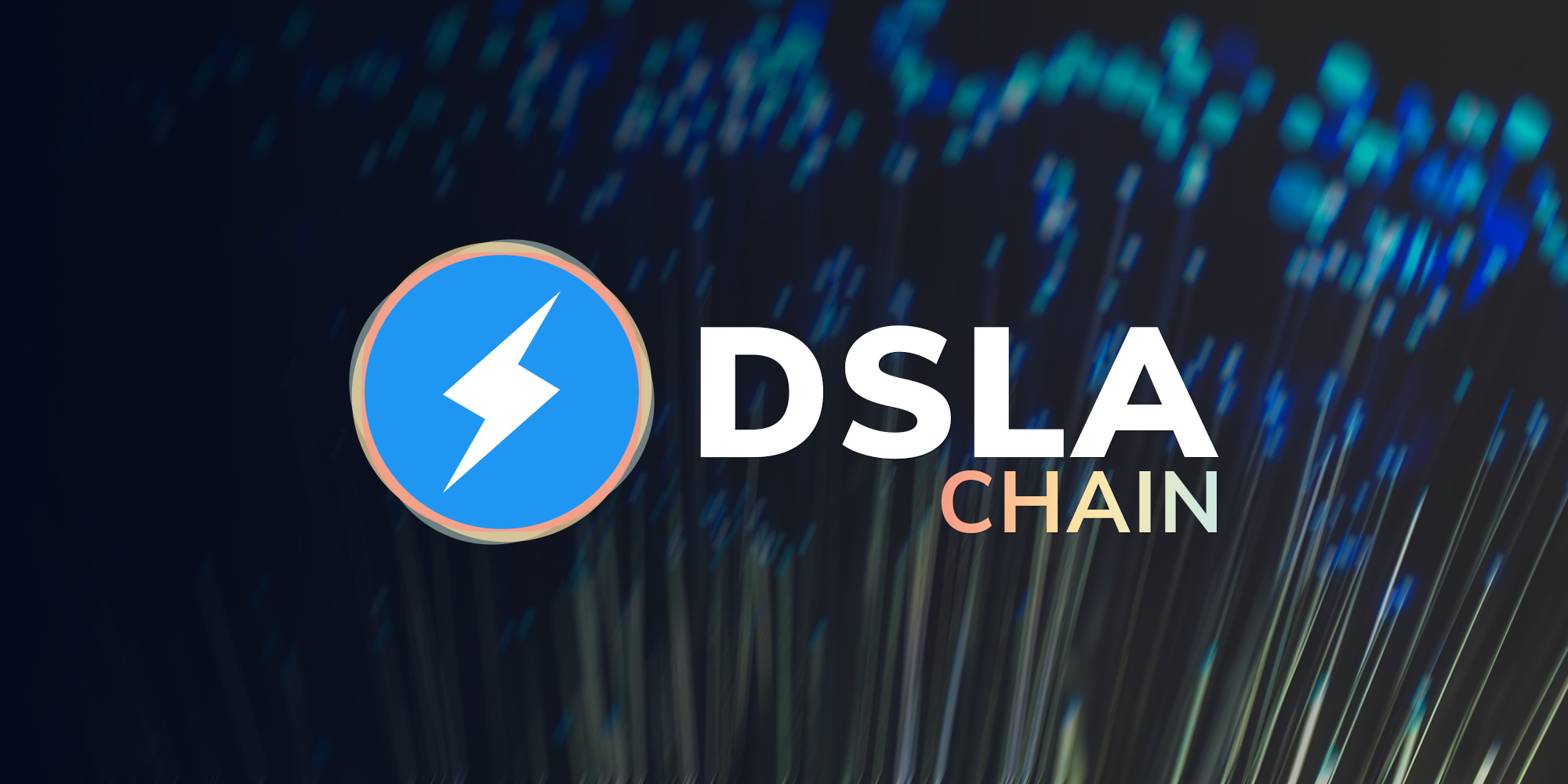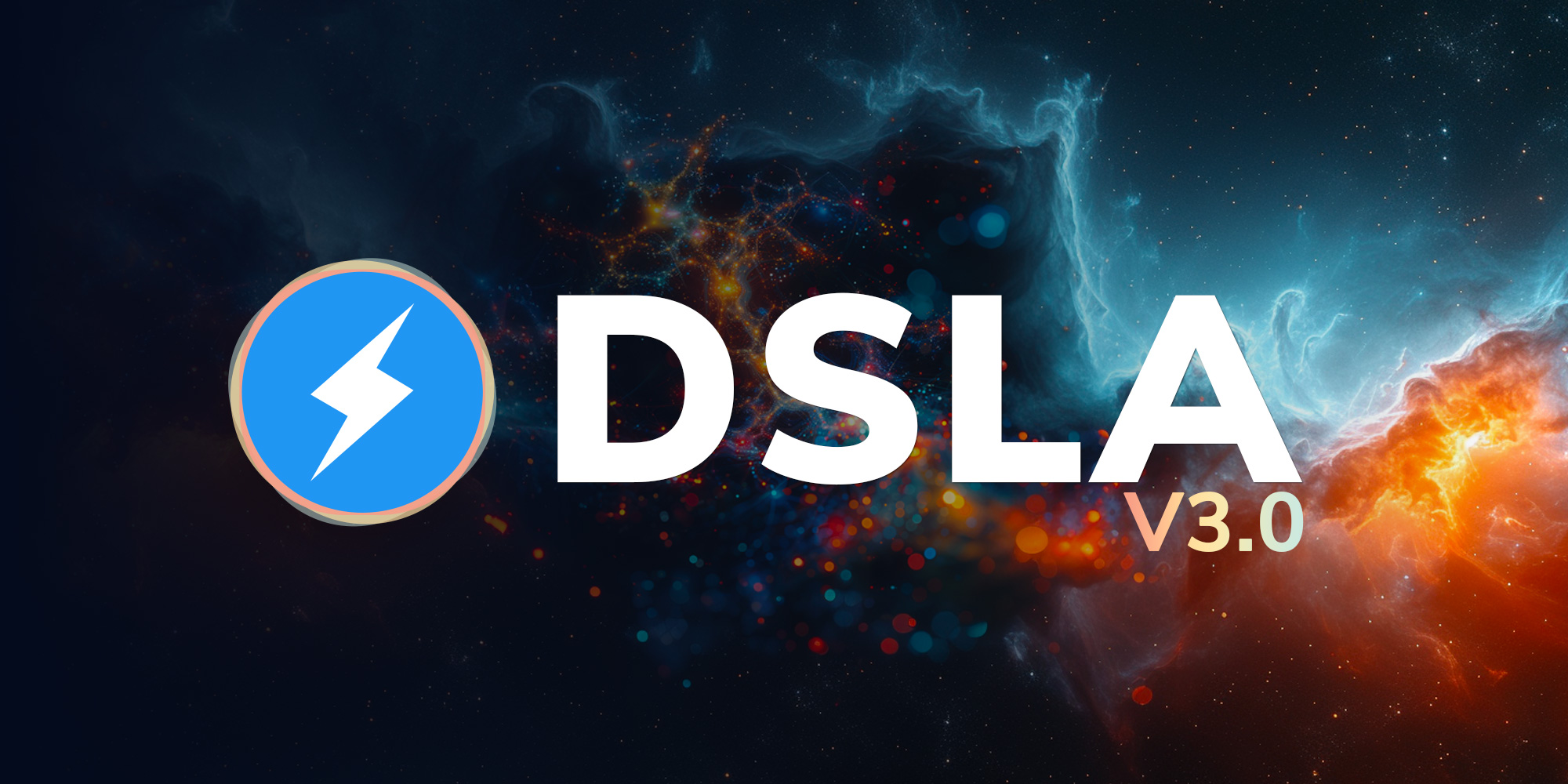DSLA Protocol announces DSLA Chain, its own blockchain network

From V1 to L1
The DSLA core team is proud to announce the development of our own blockchain network, DSLA Chain, powered by Avalanche’s subnet technology.
DSLA Chain will host a comprehensive suite of Third-Party Risk Management (TPRM) products, in an effort to achieve consumer protection beyond DSLA Protocol.
✨ DSLA Protocol remains our flagship product—v3.0 will first launch on DSLA Chain.
⛽️ DSLA ERC20 tokens will serve as the gas tokens of DSLA Chain.
🗳 DSLA ERC721 / 1155 tokens will serve as the governance tokens of DSLA Chain.
🌐 DSLA Protocol v2.0 and the dsla.network application will remain multi-chain.
V1.0
DSLA Protocol v1.0 was introduced in Q2 2021, as a proof-of-concept for a Third-Party Risk Management solution hosted on a blockchain network.
Historically, consumer protection has been lagging behind consumers exposure to third-party risk.
DSLA Protocol v1.0 was engineered to bridge this gap, by enabling anyone to develop any consumer protection they deem necessary.
We call such protection a Decentralized Service Level Agreement—that is what “DSLA” stands for.
V2.0
DSLA Protocol v2.0 is a community-driven improvement over v1.0, introduced in Q4 2022.
It frames the Decentralized Service Level Agreement as a money-back guarantee that you can add to any commercial transactions.
A more compelling value proposition.
Solving Consumer Protection
In software terms, DSLA Protocol is a middleware.
It connects peers to third-party analytics through a Decentralized Service Level Agreement that can issue, collect and transfer cryptocurrency.

Each Decentralized Service Level Agreement promises to lock third-party analytics to a fixed performance goal, for a fixed period.

Hit or Miss? Peers can vote for the outcome of the periodic verification of a Decentralized Service Level Agreement.
They must stake a collateral, to register their vote. A stake offsets the risk of hitting or missing a fixed performance goal.

Opposite votes effectively enables the transfer of third-party risk between peers.

Staking rewards pro-actively recoup losses.
Why a blockchain network?
DSLA Protocol has been delivering consumer peace of mind with a focus on last mile logistics: remedies.
But in order to address all functions of Third-Party Risk Management without limitations, our community needs more than electronic contracts.
DSLA Chain is a physically, logically and politically isolated blockchain network, that aims at better meeting the requirements of the data, processes and stakeholders of Third-Party Risk Management.
With the network-level capabilities of DSLA Chain, and its resilience to externalities, our community can bring about a paradigm shift in consumer protection, while mastering the Quality of Service delivered to DSLA Chain network participants.
Launch Stack
On top of being a Proof-of-Stake blockchain network, the DSLA Chain experience relies on 6 protocols, all pioneers in their respective product category:
- Monitor by DSLA
A client-side monitoring protocol that enables on-chain, third-party performance analytics.
- Disclose by DSLA
An open standard for third-party risk disclosure.
- Teach by DSLA
A virtual classroom protocol on third-party risk management.
- Vault by DSLA
A parametric escrowing protocol.
- Publish by DSLA
A collaborative content management protocol based on markdown and IPFS.
- DSLA Protocol v3.0
A protocol for adding peer-to-peer, money-back guarantees to any third-party transactions.
- Resolve by DSLA
An incident response protocol that orchestrates repairs across stakeholders.
ℹ️ Product names are temporary.
Stay Tuned for Part 2
👋 This was the first post on DSLA Chain, and a general introduction to the scale of the initiative.
In a second post, we will discuss the roadmap, our plans, and the challenges ahead.



